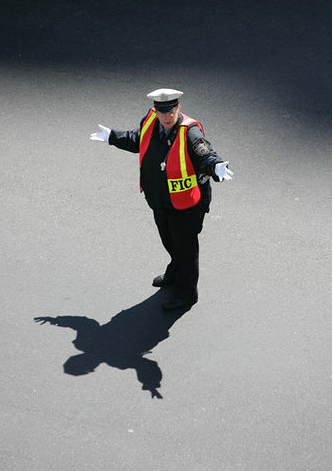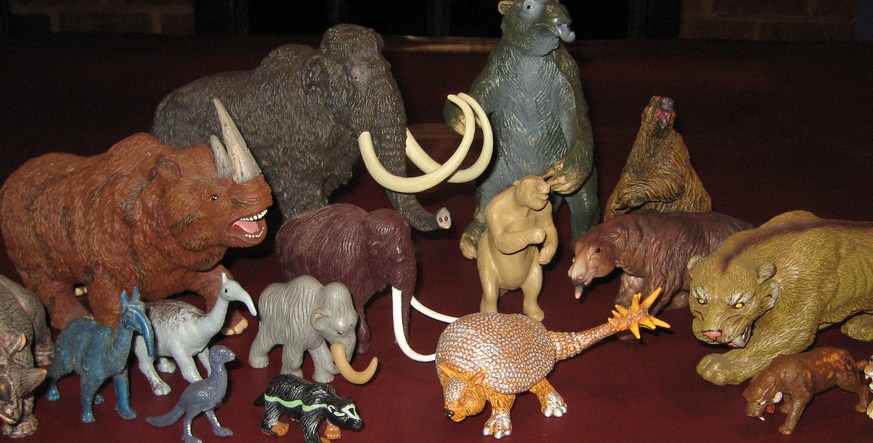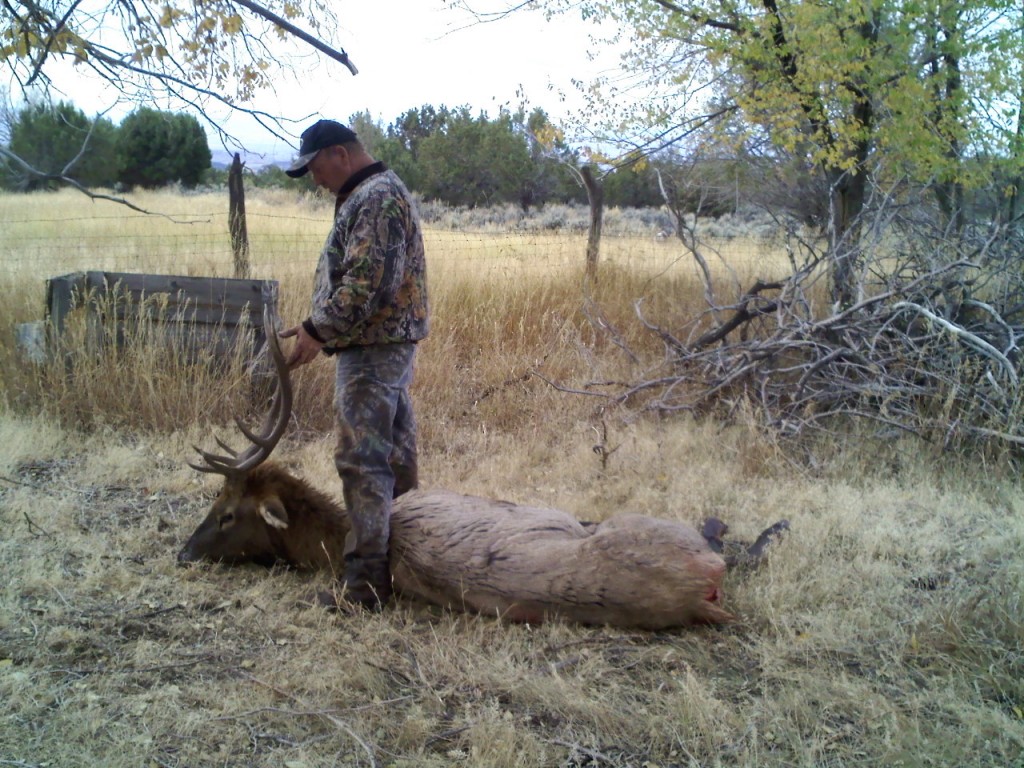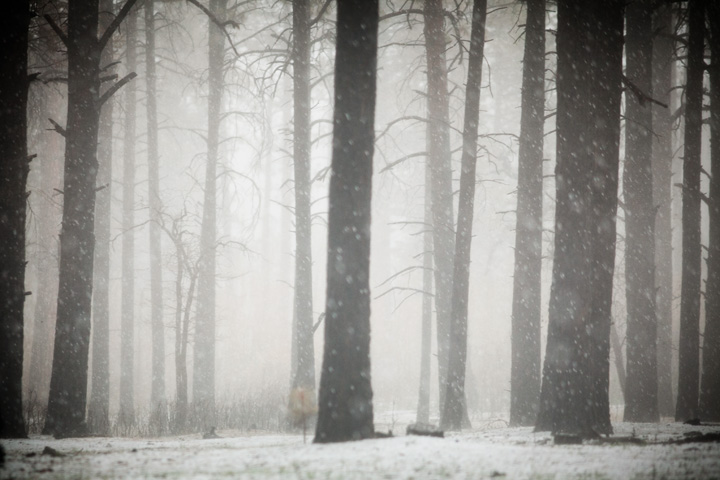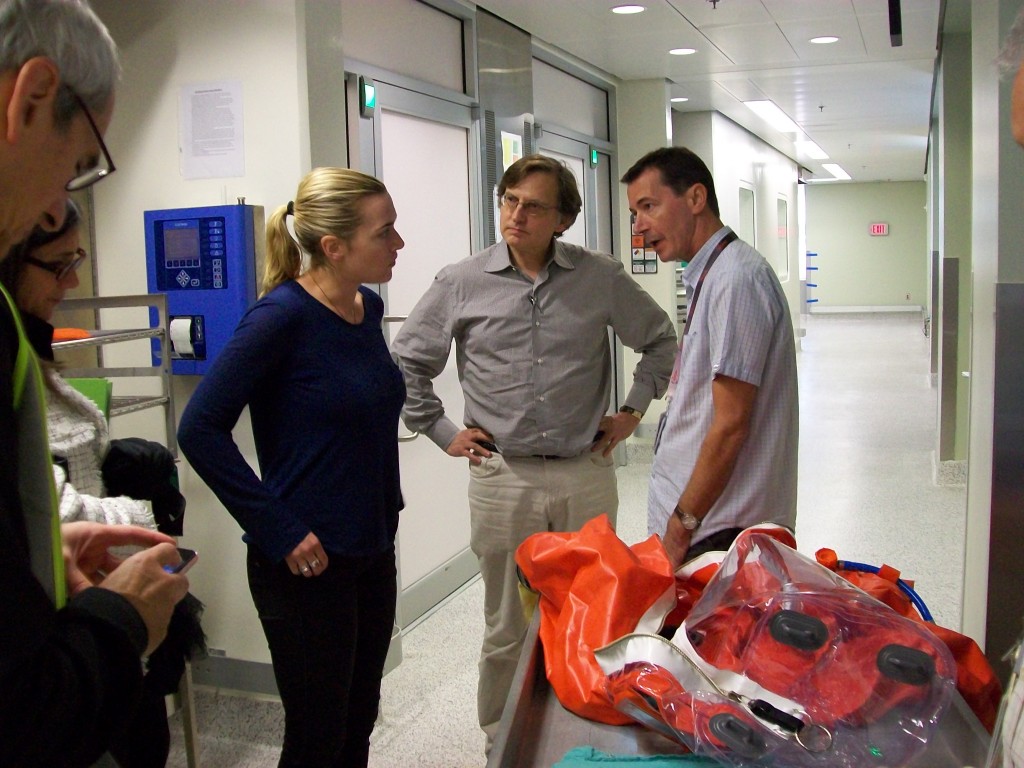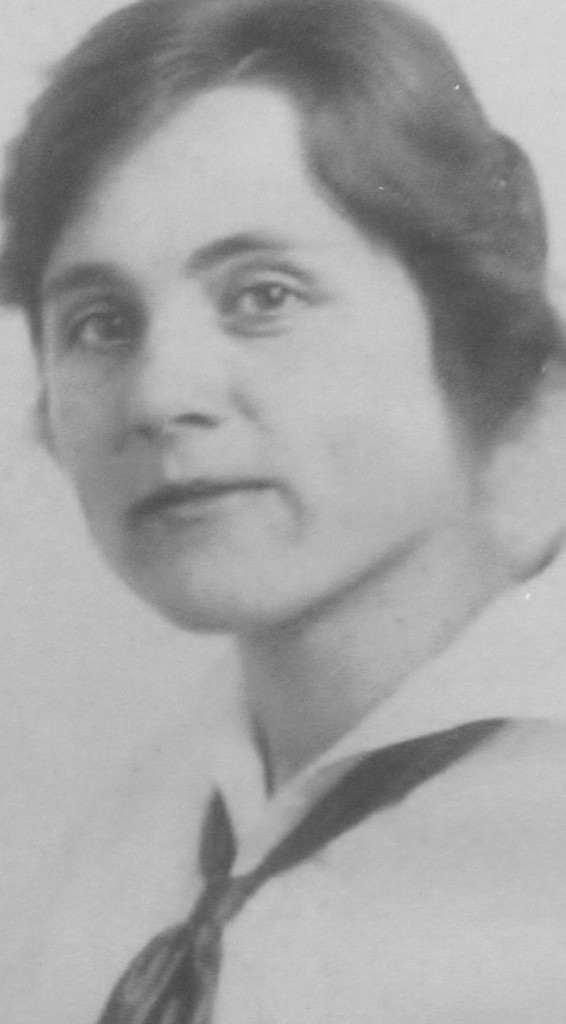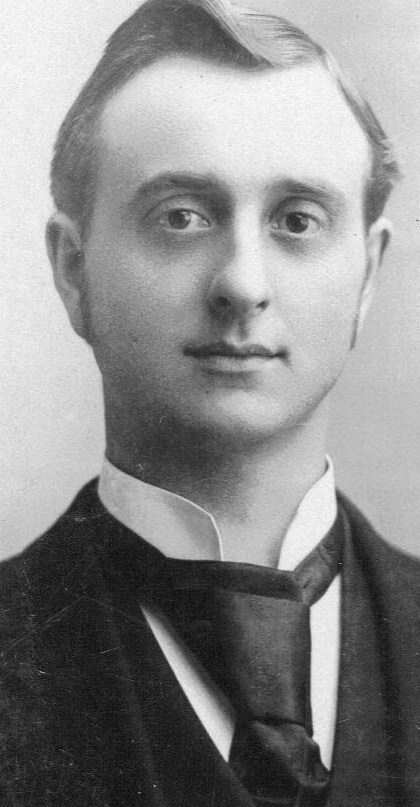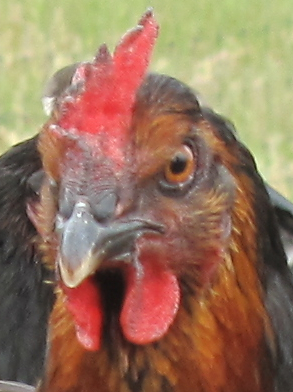 Have you ever looked at a chicken? I mean really looked, and not the kind that comes safely shrink-wrapped in a Styrofoam tray? There’s something in the eyes, something still-wild, almost menacing—no, really menacing. Given a little room to move around and enough conspecifics to elicit social behaviors, the animals are aggressive, territorial, and relentlessly voracious. If you spend much time around the birds, you start to feel grateful for our size advantage. These are, after all, the living descendents of dinosaurs.
Have you ever looked at a chicken? I mean really looked, and not the kind that comes safely shrink-wrapped in a Styrofoam tray? There’s something in the eyes, something still-wild, almost menacing—no, really menacing. Given a little room to move around and enough conspecifics to elicit social behaviors, the animals are aggressive, territorial, and relentlessly voracious. If you spend much time around the birds, you start to feel grateful for our size advantage. These are, after all, the living descendents of dinosaurs.
And yet … there’s something a little underwhelming about the whole birds-are-dinosaurs thing. Living birds, chickens included, share thousands of traits with their extinct forebears. But there’s a certain chill-inducing it-factor that even the most dangerous modern birds just don’t have. One imagines it must be a little like hanging out with Muhammed Ali nowadays, or George Foreman. It would be great—fascinating, inspiring even. But nowhere near as awesome as being around them back in their prime, when they were huge, lethal and unpredictable. Continue reading
